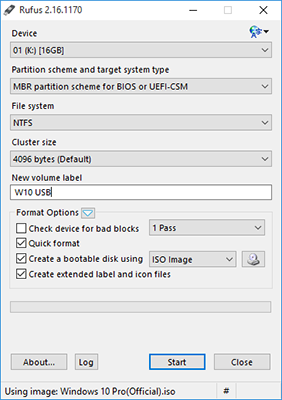
Ability to create permissions for individual files and folders. Compressed data so as to save disk space. Increased reliability and security with file encryption. Additionally, here are the benefits of each of these file systems to help you make your choice. You should choose one that suits your USB purpose as well as target environment. In most Windows systems, while formatting a USB 4 file system choices are presented to you – NTFS, FAT, FAT32 or exFAT. When it comes to formatting a USB drive, which format should you go for – FAT or NTFS? Or any other? Moreover, how can you change the format size of your USB drive from FAT to NTFS to exFAT or FAT32? Let’s answer these questions one at a time. Which file system should I choose for formatting my USB Drive? When it comes to formatting a USB drive, which format should you go for – FAT or NTFS? Or any other? Moreover, how can you change the format of your USB drive from FAT to NTFS to exFAT or FAT32? Let’s answer these questions one at a time. One important thing to remember is always taking a backup of your data before beginning the formatting a USB drive procedure. Formatting is also a good way to rid the memory stick of unwanted errors or virus/malware programs. Each time you wish to use them for a unique purpose, it requires cleaning them and sometimes even formatting them to a file system suited to the target environment. But these little devices pack quite a punch they can double up as your mobile movie library, photo collection, backup drive, OS boot volume, or just a way to transfer stuff from one computer to another. USB flash drives are the little stick-like devices that we carry along in our pockets as portable external storage. In such cases, to recover multimedia files from formatted USB flash drive/stick, you should try using a recovery software as a sure shot solution. But sometimes, even after all the precautions, you end up losing your data. Q2: How to Recover Data after formatting USB flash drive using FAT/FAT32/NTFS/exFAT?Ī2) Ideally, you should take a back-up of your data before formatting. The two ways in which you can format your USB Flash Drive are: 
FAT or FAT 32 file system is the option selected by default for formatting a USB flash drive.

A1) In most Windows systems while formatting a USB Stick/Flash Drive, file system choices are presented to you – NTFS, FAT, FAT32 or exFAT.








